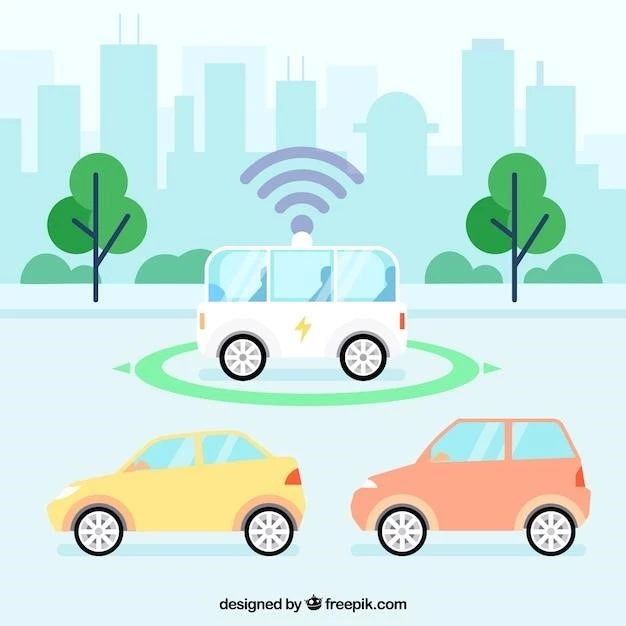As a tech enthusiast and someone deeply concerned about the environment‚ I’ve been fascinated by the rise of autonomous vehicles. The promise of self-driving cars is alluring: safer roads‚ reduced congestion‚ and increased accessibility for those who can’t drive. But I couldn’t help but wonder‚ what’s the environmental impact of this technological revolution?
I decided to dive into the research‚ and what I found was a complex picture with both positive and negative implications. Let me share my findings‚ based on my personal exploration and observations:
Potential Benefits
The most obvious benefit is the potential for reduced emissions. Autonomous vehicles are expected to drive more efficiently than humans‚ thanks to their ability to anticipate traffic patterns‚ optimize braking‚ and maintain consistent speeds. Studies suggest that autonomous vehicles could reduce fuel consumption by 10-15%‚ leading to a significant decrease in greenhouse gas emissions.
Furthermore‚ autonomous vehicles can contribute to reduced traffic congestion. By optimizing traffic flow and eliminating human error‚ they can significantly improve traffic efficiency. This translates to less time spent idling in traffic‚ resulting in lower emissions.
Another positive impact is the potential for increased public transportation use. Autonomous vehicles can be integrated into shared mobility systems‚ allowing for efficient and convenient on-demand transportation. This could reduce the need for personal car ownership‚ further reducing emissions and traffic congestion.

Potential Concerns
While the potential benefits are significant‚ there are also concerns about the environmental impact of autonomous vehicles; One major concern is the increased demand for materials. The production of autonomous vehicles requires a significant amount of raw materials‚ including lithium for batteries‚ rare earth metals for sensors‚ and steel for chassis.
Another concern is the energy consumption of data centers. Autonomous vehicles rely heavily on data processing and communication‚ which requires significant energy consumption from data centers. This energy consumption needs to be carefully considered and managed.
Finally‚ there’s the issue of end-of-life disposal. Autonomous vehicles will eventually reach the end of their lifespan‚ and the disposal of their components‚ particularly batteries‚ poses environmental challenges. Responsible recycling and disposal practices are crucial to mitigate these risks.

My Personal Take
After researching and reflecting on these factors‚ I’ve come to the conclusion that autonomous vehicles have the potential to be a positive force for the environment. However‚ it’s crucial to address the potential challenges and ensure that their development and deployment are sustainable.
I believe that the key to harnessing the environmental benefits of autonomous vehicles lies in:
- Promoting energy-efficient design and production‚ minimizing the use of scarce resources.
- Investing in renewable energy sources to power data centers and charging infrastructure.
- Developing responsible recycling and disposal programs for end-of-life vehicles and their components.
- Encouraging the adoption of shared mobility systems to reduce the need for personal car ownership.
By tackling these challenges head-on‚ we can ensure that autonomous vehicles contribute to a cleaner‚ more sustainable future. While the journey is complex‚ I remain optimistic about the potential of this technology to make a positive impact on the environment.










